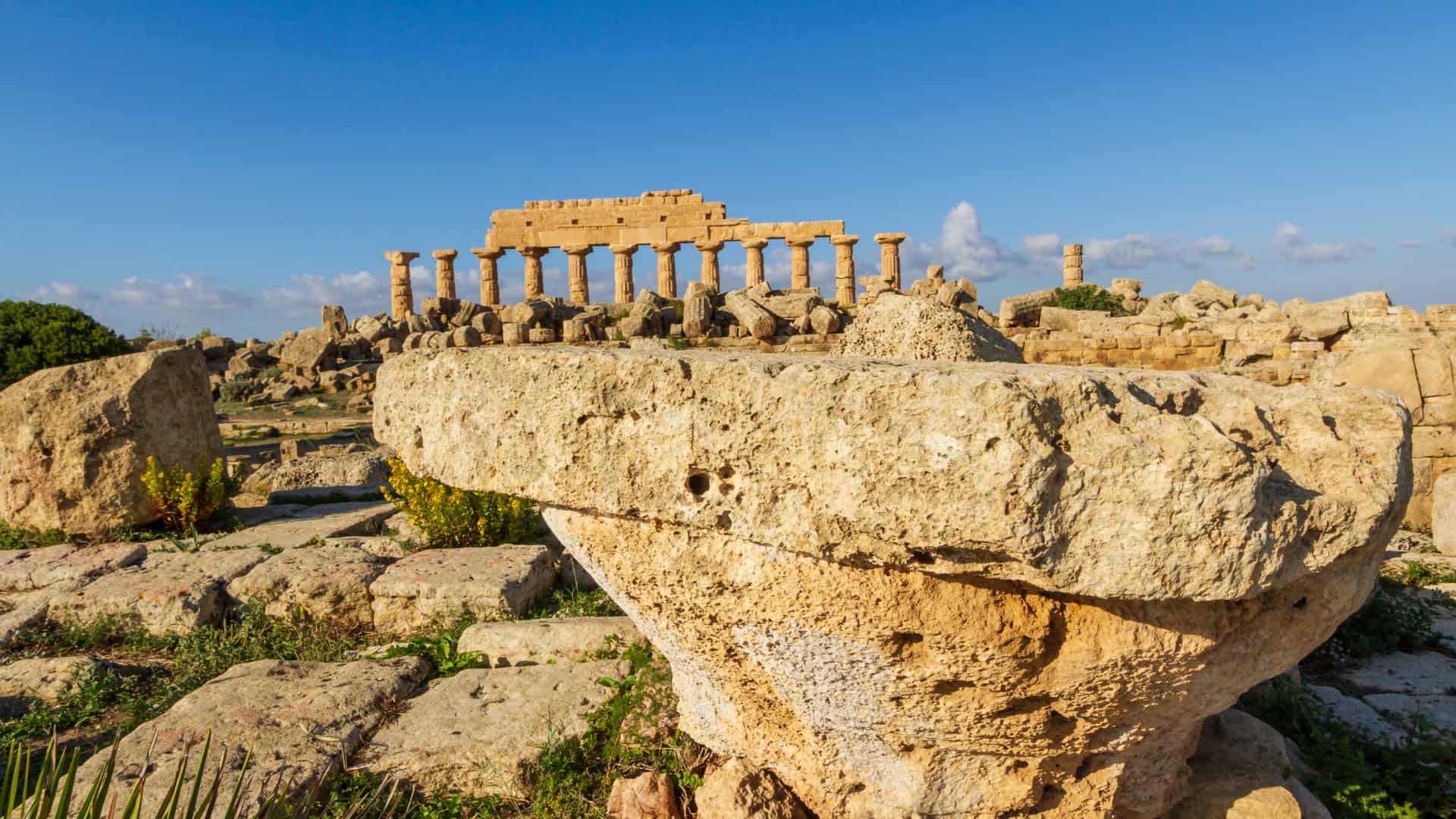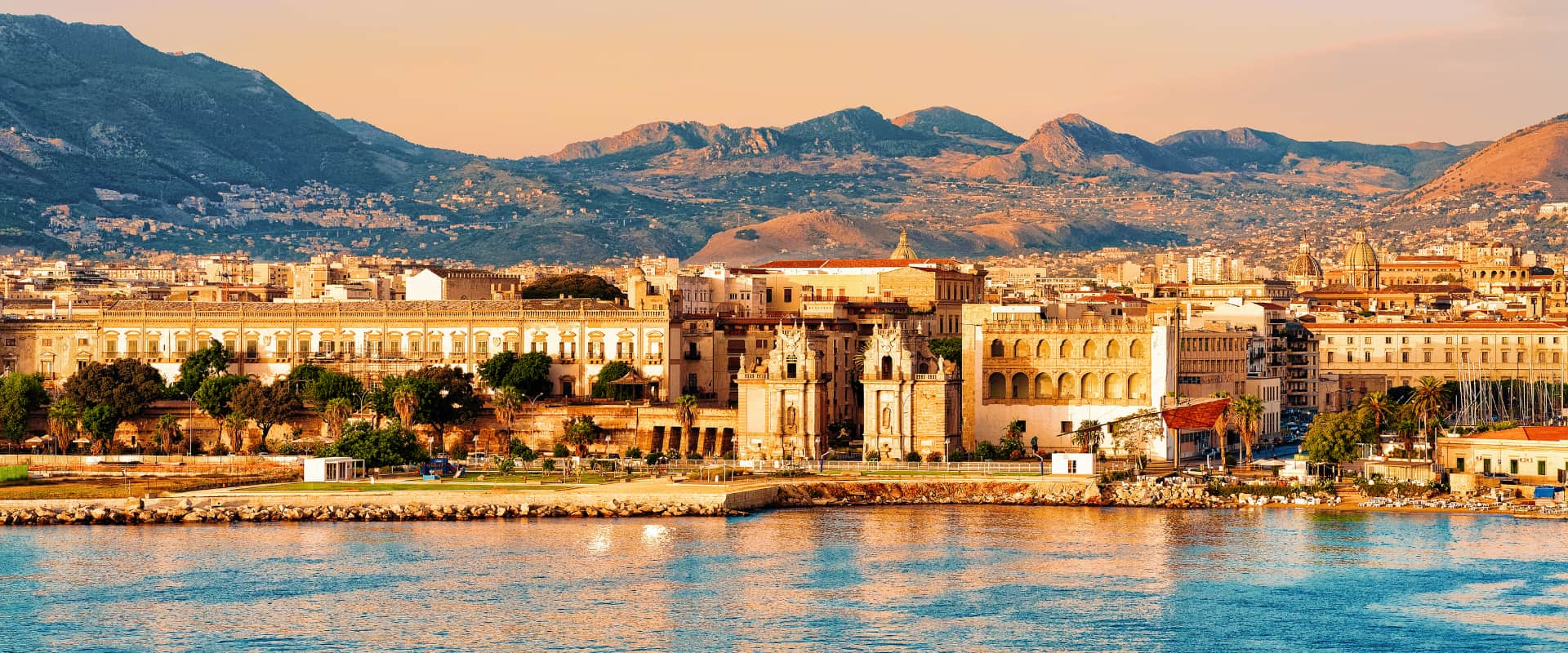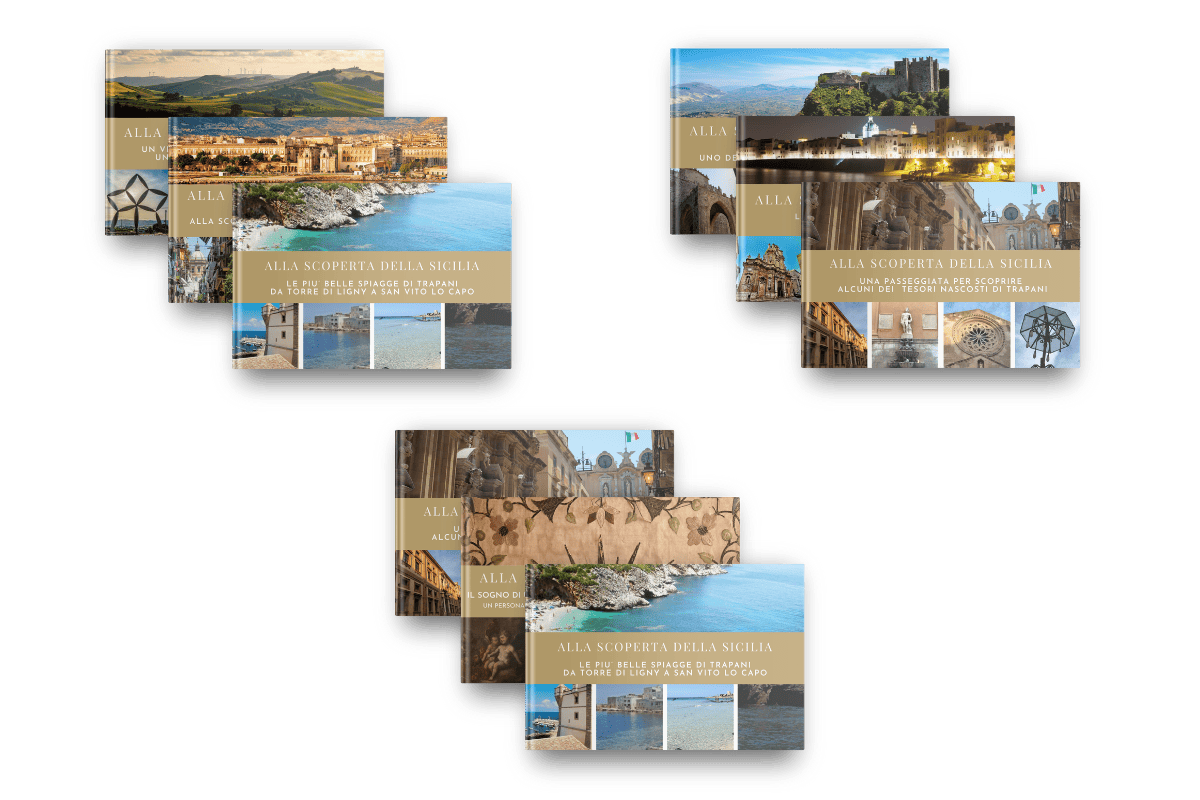to the Discovery of the Roots of Sicily
Mothia, Segesta, and Selinunte: Discovering the Roots of Sicily
Western Sicily, with its rich cultural heritage and millennial stories, hosts some of the most extraordinary archaeological sites in the Mediterranean. From Mothia to Segesta, through to Selinunte and the Cusa Quarries, these ancient ruins offer a unique window into civilizations lost in time but never forgotten. From Mothia to Segesta, passing through Selinunte and the Caves of Cusa, these ancient ruins offer a unique window into civilizations lost in time but never forgotten.
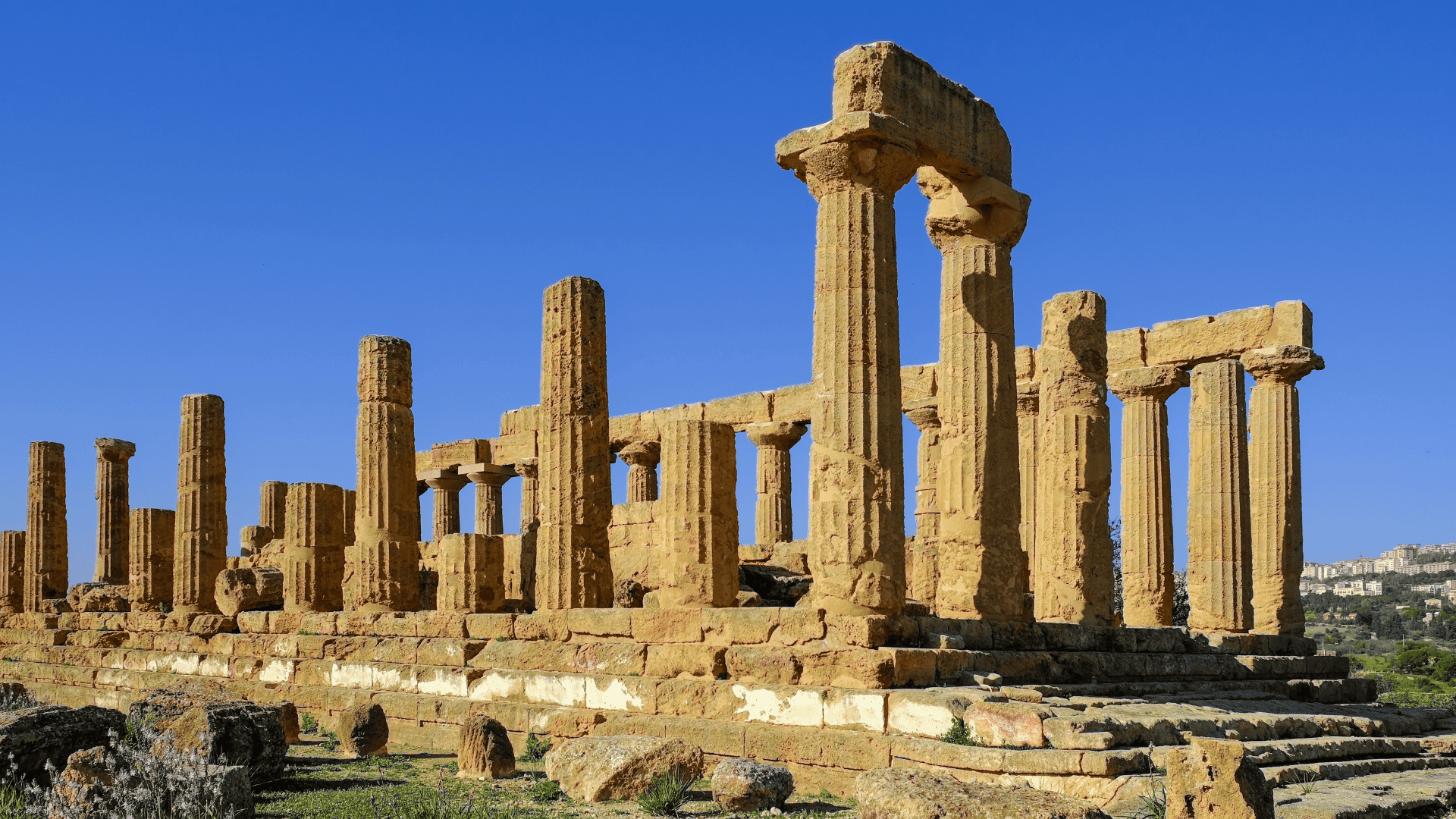

Mothia, Segesta, and Selinunte: Discovering the Roots of Sicily
Western Sicily, with its rich cultural heritage and millennial stories, hosts some of the most extraordinary archaeological sites in the Mediterranean. From Mothia to Segesta, through to Selinunte and the Cusa Quarries, these ancient ruins offer a unique window into civilizations lost in time but never forgotten. From Mothia to Segesta, passing through Selinunte and the Caves of Cusa, these ancient ruins offer a unique window into civilizations lost in time but never forgotten.
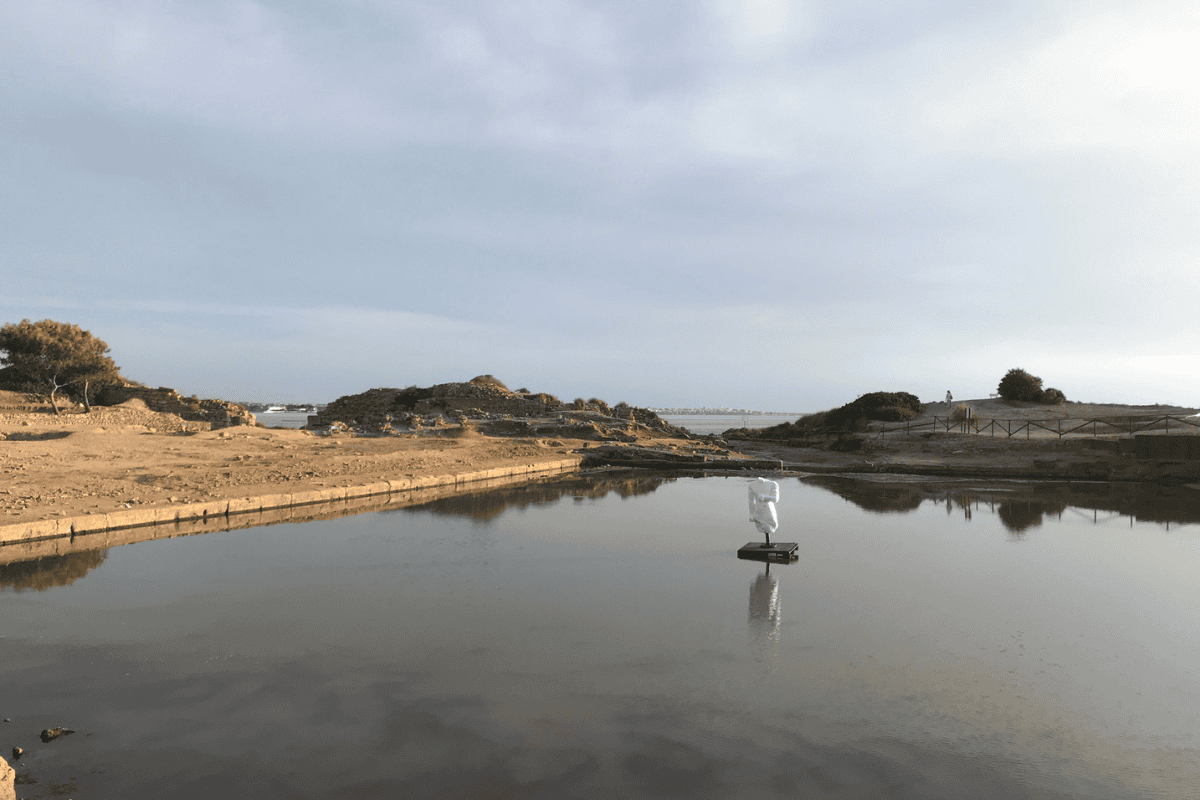
Mothia: A Phoenician Emporium Among the Salt Pans of Marsala
We are in Marsala, and more precisely in the picturesque landscape of the Marsala Salt Pans, and from here we set off by boat to Mothia.
On the island of San Pantaleo, in the Stagnone Nature Reserve, stands the ancient Phoenician colony of Mothia. We are in Marsala, precisely in the suggestive landscape of the Marsala Salt Pans, and from here, we set off by boat to Mothia. On the Island of San Pantaleo, within the Stagnone Natural Reserve, stands the ancient Phoenician colony of Mothia. This place, protected by the archipelago to which it belongs, was chosen by the ancient Phoenicians for its strategic location, becoming a vital emporium for trade between North Africa and Sicily. Uncovered through excavations promoted by Joseph Whitaker in the early twentieth century, the ruins of Mothia tell stories of a prosperous civilization, capable of profoundly influencing the history of the Mediterranean.
Ancient Segesta: Discover the Doric Temple and Theater in Western Sicily
Segesta stands solemnly in the north-western part of Sicily, on Mount Barbaro. Founded by the Elymians, a people linked to the story of the Trojans, Segesta is the protagonist of myths and legends that enhance its charm. Its Doric Temple, Ancient Theater, and ruins scattered across the Archaeological Park recount the story of a city of great political and cultural importance, whose splendor continues to fascinate scholars and visitors.
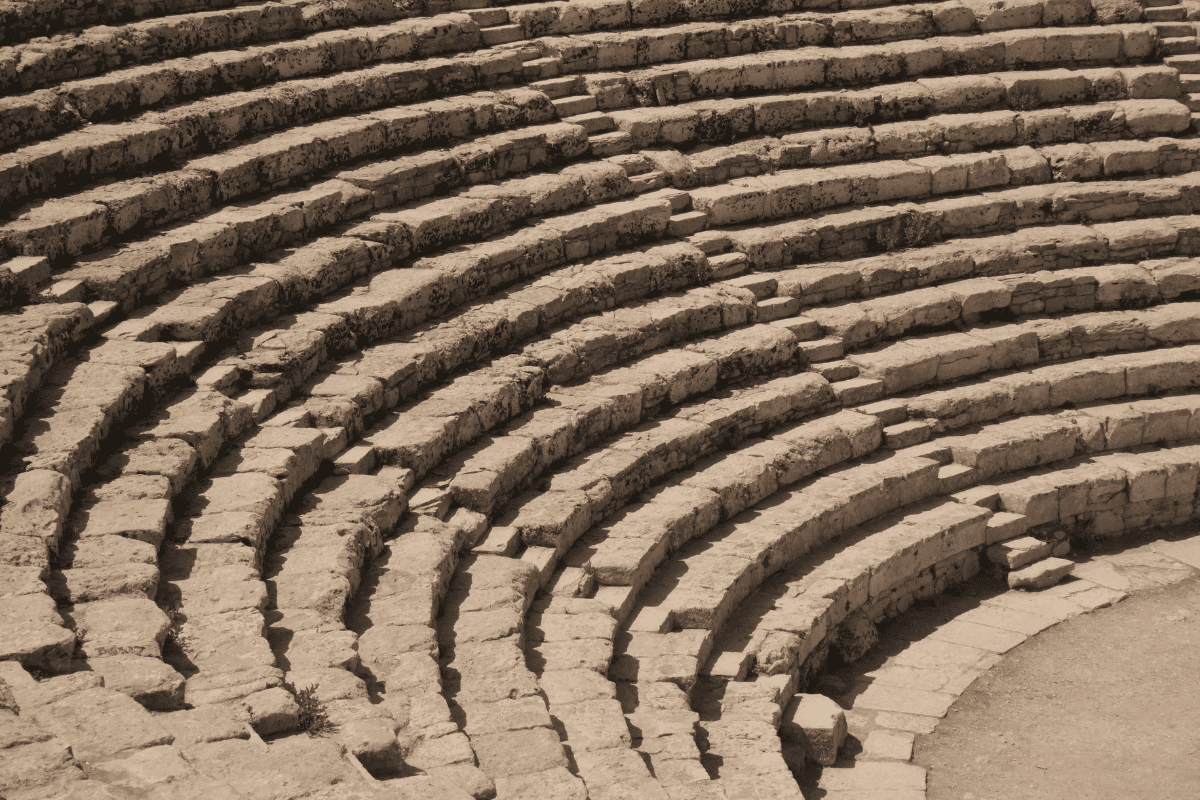

Ancient Segesta: Discover the Doric Temple and Theater in Western Sicily
Segesta stands solemnly in the north-western part of Sicily, on Mount Barbaro. Founded by the Elymians, a people linked to the story of the Trojans, Segesta is the protagonist of myths and legends that enhance its charm. Its Doric Temple, Ancient Theater, and ruins scattered across the Archaeological Park recount the story of a city of great political and cultural importance, whose splendor continues to fascinate scholars and visitors.

Discovering Selinunte and the Cusa Quarries: The Cradle of Magna Graecia in Sicily
While waiting to explore Selinunte more thoroughly, we anticipate that this archaeological site is one of the most representative of the Greek presence in Sicily. Founded in the 7th century BC, Selinunte was one of the most powerful city-states on the island, as evidenced by the grandiose temples that still rise majestically towards the sky today.
Not far from Selinunte, the Cusa Caves offer a unique look at the temple construction process: here, the ancient Greeks extracted and worked the stone blocks intended for the construction of their imposing places of worship. The quarries are an archaeological site in themselves, where time seems to have stopped at the exact moment the works were abandoned.
These archaeological sites are not just testimonials of ancient civilizations; they are places where the past dialogues with the present, where the beauty and greatness of human achievements continue to inspire and amaze. Western Sicily, with its immortal ruins, invites travelers and history enthusiasts to embark on an unforgettable journey through time, discovering the roots of our contemporary world.

